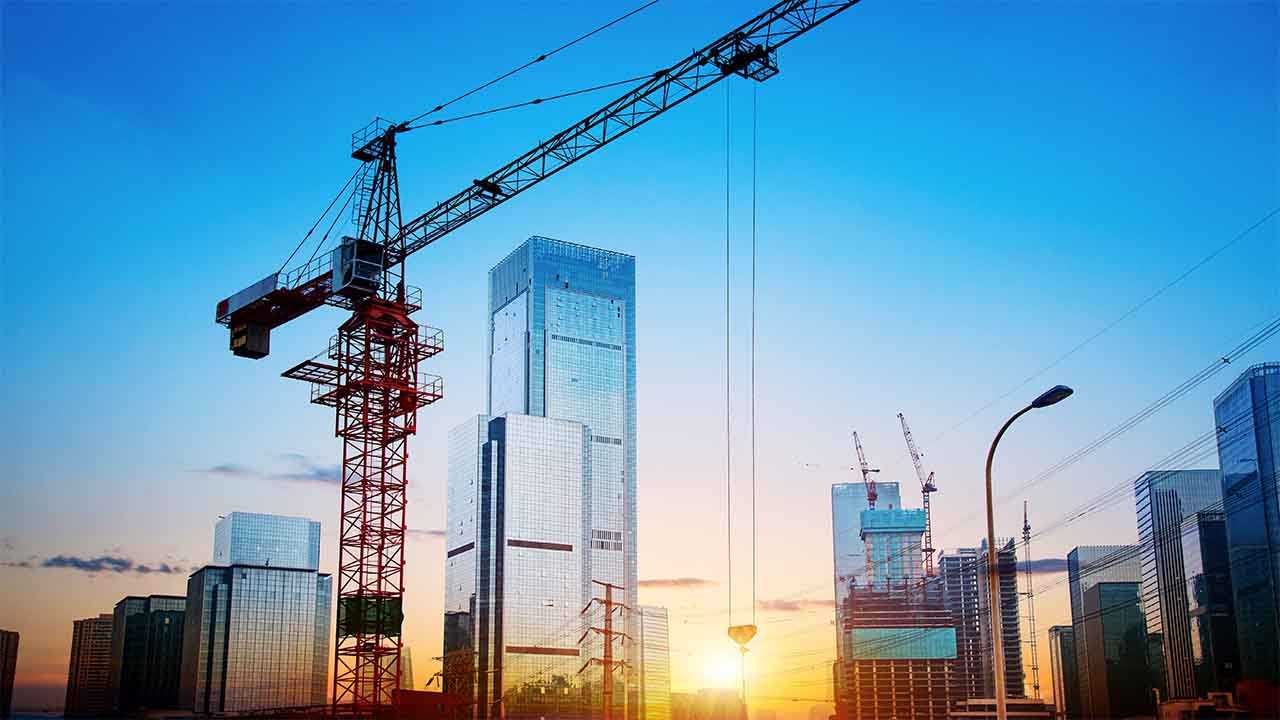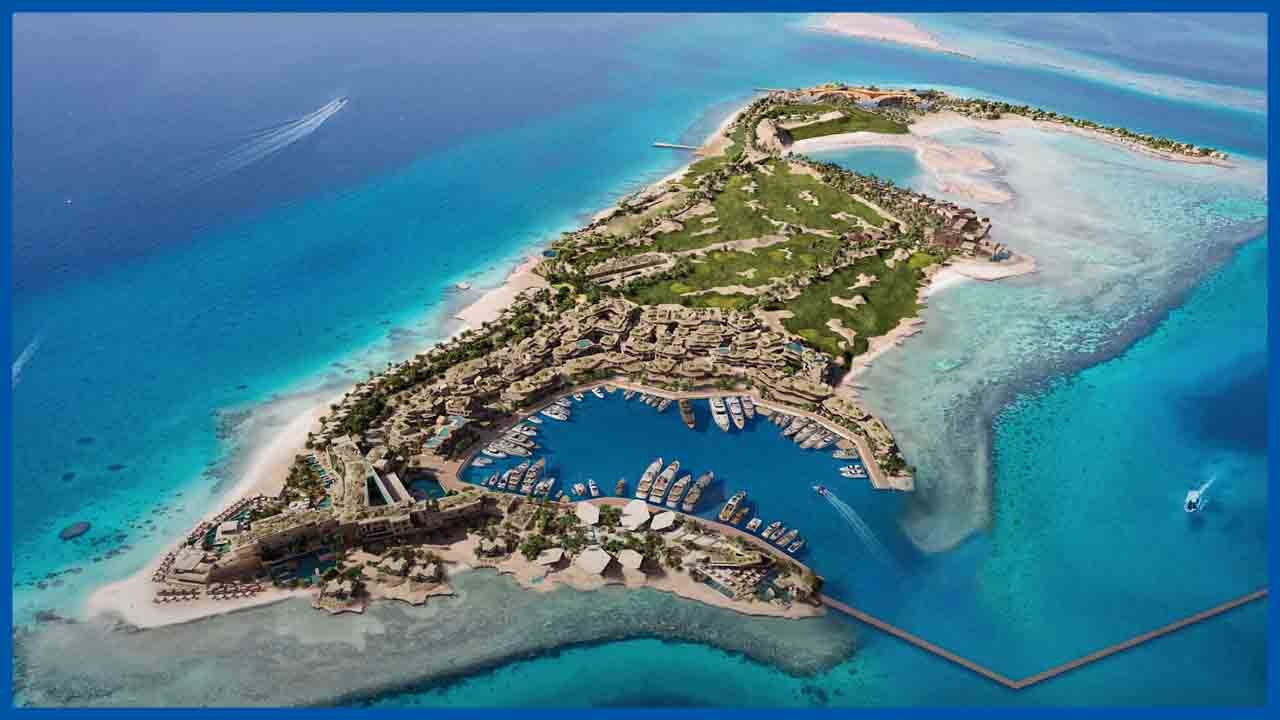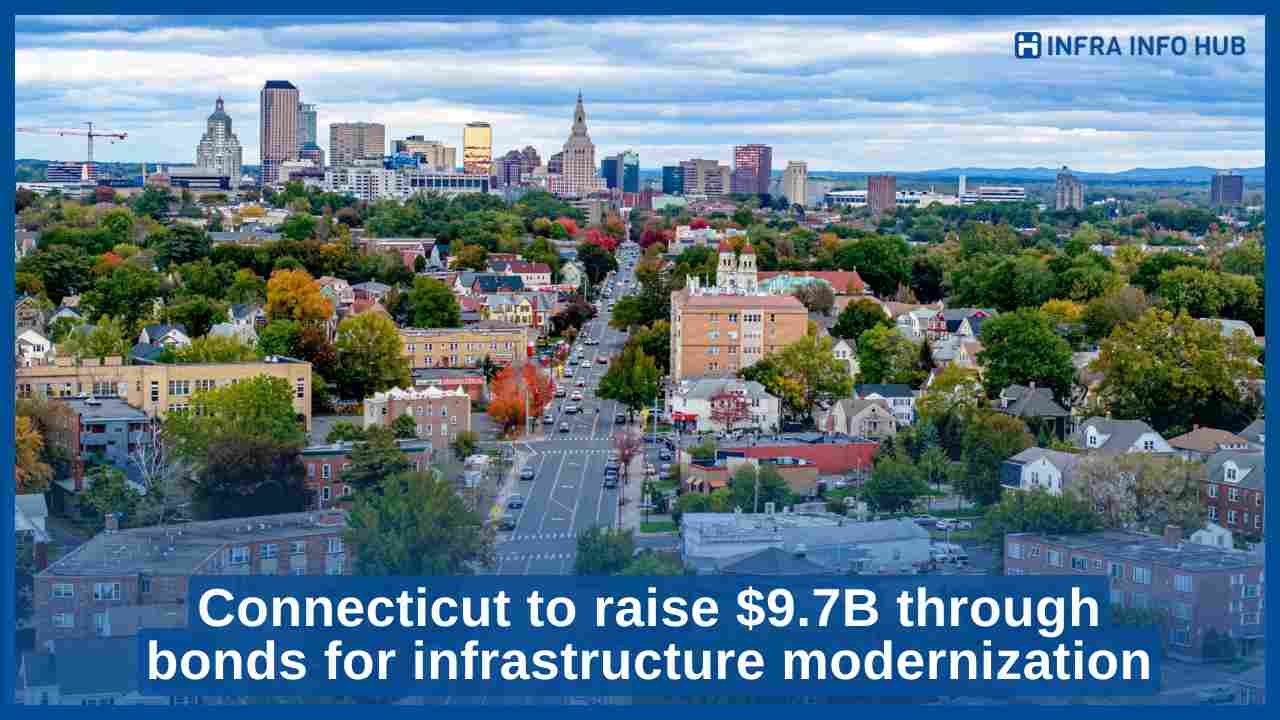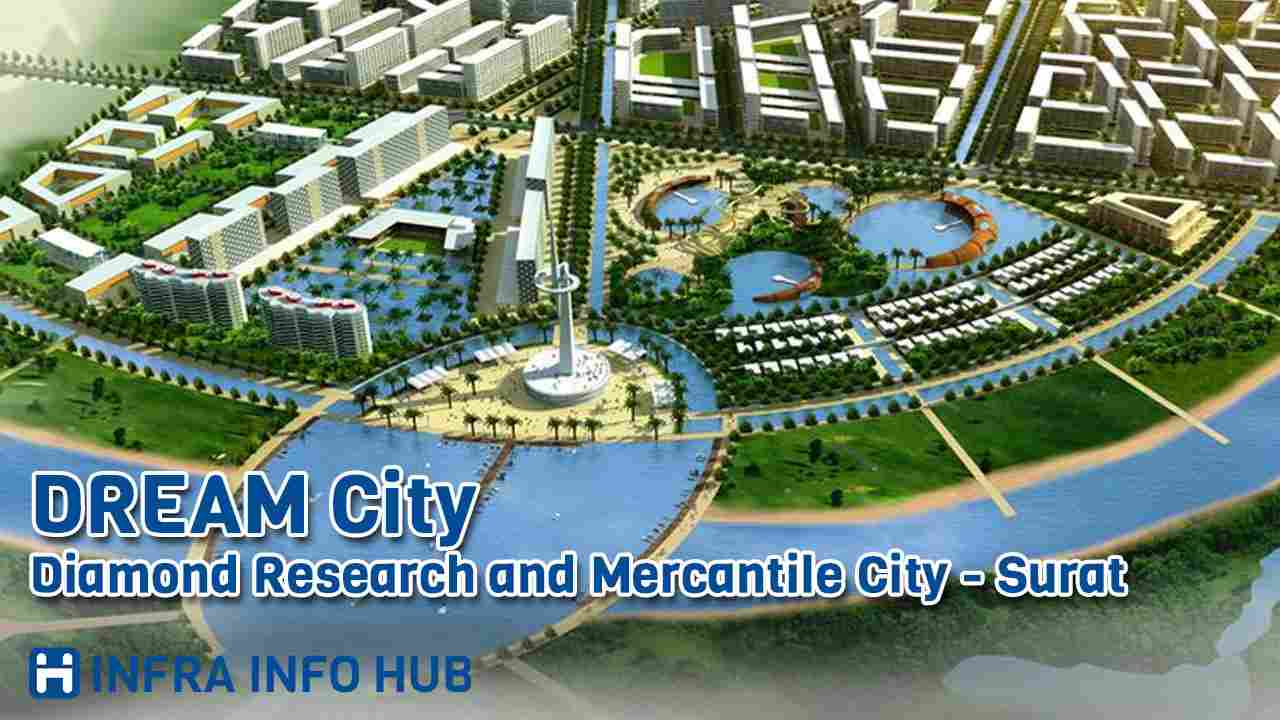Indonesia is starting a massive project: the Nusantara Capital City Project. It plans to move the capital from Jakarta to a new city, Nusantara, in East Kalimantan. This move aims to solve Jakarta’s traffic and environmental problems and bring new economic growth, tech innovation, and green development to Indonesia.
Table of Contents
- 1 Why Indonesia Needs a New Capital
- 2 Nusantara’s Vision and Objectives
- 3 Planning and Design of Nusantara
- 4 Phases of Development
- 5 Progress
- 6 Funding and Investment
- 7 Economic Diversification
- 8 Location and Infrastructure Development
- 9 Smart City Framework:
- 10 High-Speed Transportation Networks:
- 11 Green Buildings and Renewable Energy Sources:
- 12 Sustainability and Green Initiatives
- 13 Economic Growth and Investment Opportunities
- 14 Challenges and Controversies
- 15 Comparison with Other Capital Relocations
- 16 FAQs
- 17 Conclusion
Why Indonesia Needs a New Capital
Jakarta, Indonesia’s current capital, faces big challenges. These make it hard to keep it as the country’s center. Some major issues include:
Overpopulation
Jakarta has over 10 million people in the city and more than 30 million in the area. This huge number of people strains the city’s infrastructure, homes, transport, and services.
Flooding Issues
Jakarta is sinking fast because of too much water being taken out. Big parts of the city are already below sea level. This makes flooding common, worse during the rainy season. Sea levels rising also threaten the city’s future.
Traffic Congestion
Jakarta is one of the most congested cities. The traffic jams hurt work and life quality. The transport system is slow, uses a lot of fuel, and pollutes the air.
Environmental Concerns
Jakarta has bad air and water pollution. This is because of factories, cars, and poor waste handling. The city lacks green areas, making the environment worse and harming health.
By moving the capital to Nusantara, Indonesia wants to solve these problems. It aims to balance growth across the country.
Nusantara’s Vision and Objectives
The Nusantara project is more than just a new capital. It’s about building a city that’s innovative, green, and strong. The main goals are:
Decentralization
The move aims to ease Jakarta’s load and boost other areas. By moving the government to Nusantara, Indonesia hopes to grow the economy more evenly across the country.
Sustainability
Nusantara will focus on being green. It will use clean energy, have eco-friendly design, and smart systems. The city will have lots of green areas, use water wisely, and aim to be low on pollution.
Economic Growth
The project will attract foreign investment, help local businesses, and create jobs. Nusantara will be a place for businesses to thrive, with modern facilities and easy rules. This will help Indonesia’s economy grow.
Planning and Design of Nusantara
Selection of Location
Nusantara is in East Kalimantan, on Borneo. It was picked for good reasons:
- Geographical Stability: East Kalimantan is safer from natural disasters like earthquakes and volcanoes.
- Central Positioning: Its location in the middle of Indonesia makes it easy to develop and reach.
- Environmental Considerations: The area lets Nusantara blend with the rainforest, creating a unique city.
Indonesia New Capital Location

Urban Design Principles
The master plan for Nusantara focuses on:
- Sustainability: The city aims for 80% of travel to be by public transport, cycling, or walking. It plans to use only renewable energy and have 10% of its area for farming.
- Smart City Infrastructure: It will use the latest technology to improve governance, security, and life quality.
- Cultural Preservation: It will include Kalimantan’s indigenous culture in the city’s design to honor and keep local traditions alive.
Nusantara Masterplan

Environmental Safeguards
Protecting the environment is a top priority in Nusantara:
- Forest Conservation: Steps will be taken to protect the rainforests and the area’s biodiversity.
- Green Spaces: The city will have lots of green areas to balance nature and urban life, improving residents’ health.
- Sustainable Resource Management: Advanced waste and water management will be used to keep the city’s ecological footprint low.
Phases of Development
Initial Phase (2022-2024)
The first phase focused on building the basic infrastructure:
- Land Preparation: The land was cleared and leveled, following environmental rules.
- Infrastructure Development: Essential facilities like roads, utilities, and networks were built.
- Government Buildings: Work started on key buildings, including the presidential palace and legislative offices.
Subsequent Phases (2025-2045)
The next phases will include:
- Residential and Commercial Zones: Housing, business areas, and public spaces will be built for nearly 2 million people by 2045.
- Transportation Networks: Efficient public transport, like buses and light rail, will be set up.
- Educational and Healthcare Facilities: Schools, universities, hospitals, and clinics will be built for the growing population.
Progress
Funding and Investment
The cost to develop Nusantara is about $32 billion. The funding plan includes:
- Public Funding: The Indonesian government will use part of its budget for the early stages.
- Private Investment: Domestic and international investors will be encouraged in real estate, infrastructure, and services.
- Public-Private Partnerships: The government and private companies will work together to share risks and benefits.
Economic Diversification
The move aims to boost Kalimantan’s economy by:
- Job Creation: Creating jobs in construction, services, and technology.
- Regional Development: Encouraging growth in surrounding areas through infrastructure and industry.
- Tourism Promotion: Attracting tourists with unique cultural and ecological attractions.
Location and Infrastructure Development
Nusantara will be built in East Kalimantan, Borneo. This location offers many advantages:
- Ample Land Availability: There’s enough space for a large city to grow.
- Lower Disaster Risks: East Kalimantan is safer than Jakarta, with less risk of earthquakes and sea level rise.
- Rich Natural Resources: The area has plenty of natural resources for economic activities and energy.
To make the capital relocation successful, the government has big plans for infrastructure development, including:
Smart City Framework:
Artificial intelligence (AI) will be used in managing cities, controlling traffic, and improving public services.
High-Speed Transportation Networks:
The city will have a modern public transport system. This includes high-speed rail and electric buses that drive themselves.
Green Buildings and Renewable Energy Sources:
All buildings in Nusantara will be built sustainably. They will use solar panels, be energy-efficient, and made from eco-friendly materials.
Sustainability and Green Initiatives
Nusantara is designed to be environmentally friendly. It will have:
- 100% Renewable Energy: The city will run on solar, wind, and hydroelectric power.
- Extensive Green Spaces: There will be lots of parks and green areas to help nature and air quality.
- Strict Environmental Policies: The city will focus on reducing waste, saving water, and cutting down carbon emissions.
Economic Growth and Investment Opportunities
Nusantara aims to be a major economic hub. It will offer:
- Foreign Direct Investment Opportunities: The city will attract international investors with special incentives and business-friendly rules.
- New Job Creation: Jobs will be created in construction, technology, and services.
- Incentives for Businesses and Startups: Entrepreneurs and businesses will get tax breaks, grants, and access to modern infrastructure.
Challenges and Controversies
The Nusantara project faces several challenges:
- High Development Costs: The project costs $32 billion, requiring careful planning and investor confidence.
- Displacement of Local Communities: The project may affect indigenous communities and local ecosystems.
- Political and Administrative Hurdles: The project needs coordination among government, investors, and local authorities.
Comparison with Other Capital Relocations
Indonesia can learn from other countries that moved their capitals. For example:
- Brazil (Brasília): Moved from Rio de Janeiro to Brasília in 1960 to promote inland development.
- Myanmar (Naypyidaw): Relocated from Yangon to Naypyidaw in 2005 for strategic and political reasons.
- Kazakhstan (Nur-Sultan): Shifted from Almaty to Astana (now Nur-Sultan) to stimulate economic growth in the northern region.
Indonesia is studying these examples to ensure Nusantara’s success.
FAQs
1. When will Nusantara be ready?
The initial phase is expected to be completed by 2024, with full development by 2045.
2. What makes Nusantara different from Jakarta?
Nusantara will be a sustainable smart city with advanced infrastructure and reduced congestion.
3. How will this project benefit Indonesia?
It will boost economic growth, create jobs, and reduce Jakarta’s overpopulation problems.
4. Will Jakarta remain an important city?
Yes, Jakarta will continue to be Indonesia’s economic and business hub.
5. How is the government funding this project?
Funding comes from a mix of government budgets, private investments, and international partnerships.
6. Will Nusantara be environmentally friendly?
Yes, it will be designed with green energy, sustainable infrastructure, and eco-friendly policies.
Conclusion
The Nusantara Capital City Project is Indonesia’s bold step towards a sustainable and advanced future. It aims to solve Jakarta’s problems and create a new economic and environmental landscape. Despite challenges, Nusantara’s vision and planning make it a transformative project for Indonesia’s future.










